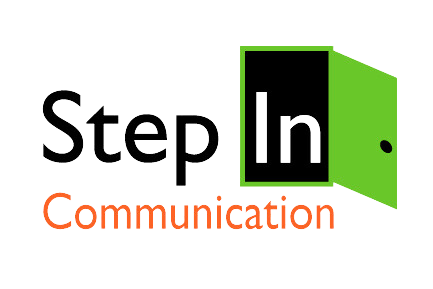It’s hitting the fan. Your organization is in crisis and you have 30 minutes to get your act together and prepare the first response. The challenge for any organization in crisis is that you are still gathering facts to figure out what happened yet the “always-on” media and persistent public demand a response.
It is at this moment during a crisis that most organizations falter – by trying to deliver a statement that is the definitive answer to multiple stakeholders. In the current media environment, that concept is frustrating and false. Frustrating because you can’t know everything about the crisis yet and false because by the time you get the statement is approved internally, the information will change.
What should you do avoid losing your momentum and satisfy those who are watching you?
Craft a quick bridging response.
A bridging response is simple, straightforward, yet slightly vague. It acknowledges to all your stakeholders that you are AWARE of what is happening, that you are RESPONSIVE to what’s happening, yet buys time until you actually have real information. Verified information.
Many organizations are routinely affected by weather conditions. We know that there is a hurricane season annually and other parts of the country are routine plagued by tornadoes. While each storm system is different, there are often commonalities. So using an example of a weather crisis for an example, let’s see how this approach could play out.
An extreme storm hits your town, causing power outages and damage. How much damage? Is anyone hurt? When will you be up and running again? What should we do in the meantime? You probably can’t answer all these questions in the space of 30-45 minutes, but here’s what you CAN say.
We have been affected by [storm name or condition or event] and are in the process of assessing the effects to [people, place]. Right now, our teams are [share what they are doing: touring the facility, driving the area, etc] and as soon as we know more, we will keep you updated.
Bridging responses help establish that you are in control and working the problem, which makes media-watchers much more forgiving than the organization that waits until their statement is just “perfect.” But, it’s up to you and your organization to keep your stakeholders updated periodically as new, and verified, information becomes available.
